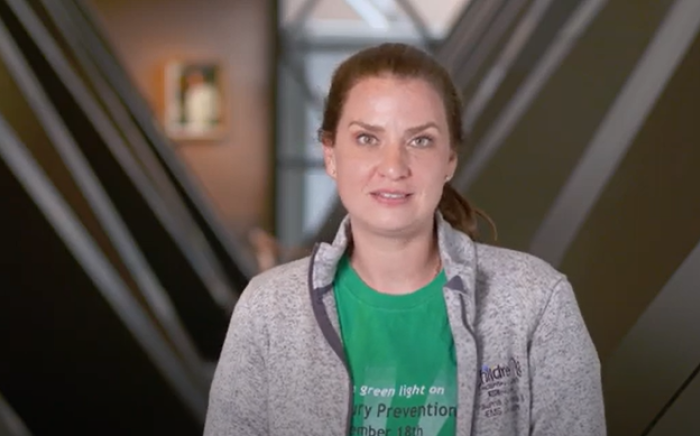The majority of patients with brachial plexus injury recover spontaneously and have little residual arm weakness. Therefore, surgical intervention is not considered until it is clear that an infant will not recover completely on its own.
Spontaneous Recovery Rates
The reported rates of spontaneous recovery vary widely, ranging from 60% to 90%. Some infants, however, fail to regain full strength in the arm and have significant lifelong disabilities.
Timing of Recovery
Studies have shown that almost 60% of infants make spontaneous recovery by 2 months of age, and by 4 months, that number increases to around 75%. After the age of 4 months, however, the rate of spontaneous recovery decreases greatly (to about 4%, when assessed at the age of one year), so that the chance of further improvement is small.
Muscle Strength as an Indicator of Recovery
The speed at which muscle strength is regained helps determine the extent of the injury. In general, the more rapid the recovery of muscle strength, the less severe the injury. If a complete recovery is to occur, it does so within 2-3 months.
An infant with persistent arm weakness showing little or no improvement probably has severe total brachial plexus palsy. Detached nerve root (nerve root avulsion), extensive nerve fiber injury (axonotmesis), or ruptured brachial plexus (neurotmesis) should be suspected. The chance of spontaneous recovery is very small in such cases, and thus surgical intervention should be considered.












